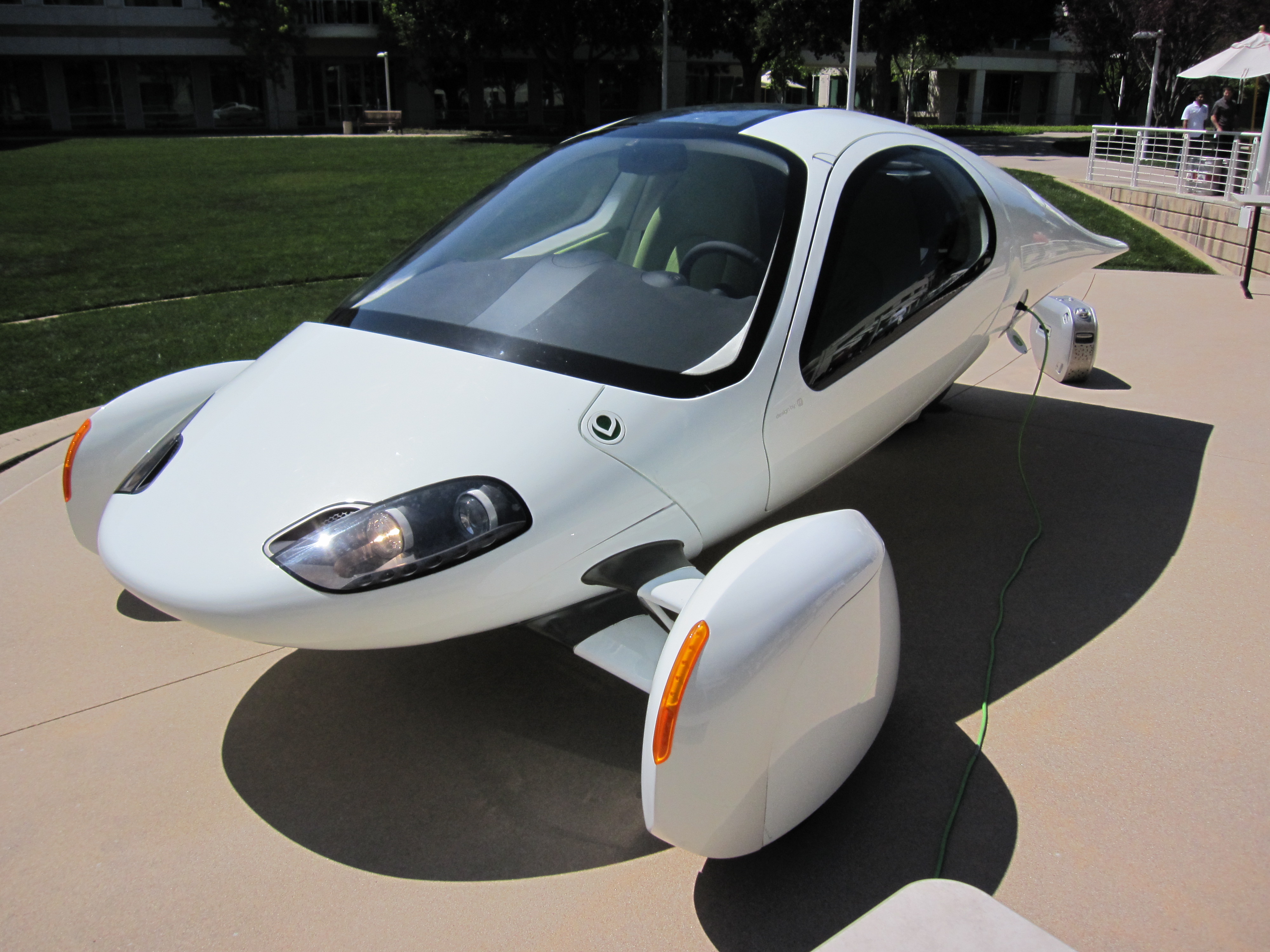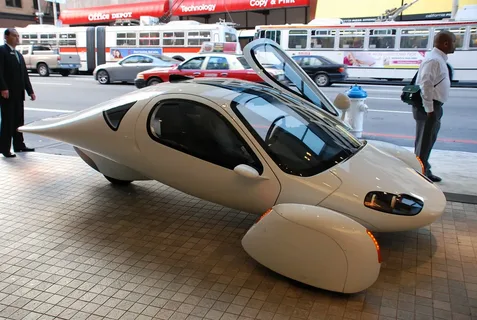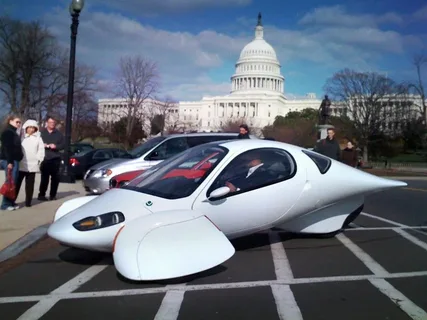Decades of science fiction have promised us a future where flying cars whisk us to our destinations through serene cityscapes in the sky. It’s a tantalizing vision: clear skies, no traffic jams, and a commute measured in air miles rather than road miles. But as technology advances from the pages of novels to the cusp of reality, one question looms large: Are we ready for the transition to flying cars?

The dream of flying cars isn’t new. It’s been a staple of futuristic fantasies since the early 20th century. But only now are we seeing the convergence of aerospace innovation, artificial intelligence, and advanced materials make this dream feasible. Companies across the globe are investing heavily in what could be the next revolution in urban mobility.

The prototypes that we’ve seen so far are nothing short of extraordinary. With vertical take-off and landing (VTOL) capabilities, electric propulsion systems, and autonomous navigation, these vehicles promise to redefine what it means to travel. They could dramatically reduce commute times, lessen ground traffic, and provide a solution to the ever-growing problem of urban sprawl.

However, the shift from ground to air isn’t without its challenges. The most obvious is safety. Any system that takes to the skies must be at least as safe as cars on the road today, if not safer. This means rigorous testing, reliable fail-safes, and a framework for traffic management in the skies. Another issue is infrastructure. Current cities are not designed for airborne arrivals and departures. Adapting to a new dimension of transport requires not just parking spaces but “skyports,” possibly on the roofs of buildings.

There’s also the matter of public acceptance. While many of us marvel at the idea of flying to work, the reality of skies filled with vehicles could raise concerns. Noise pollution, privacy, and the impact on urban wildlife are just some of the issues that need to be addressed.
Regulatory hurdles are another significant challenge. Unlike cars, which are regulated by state and local laws, anything that flies falls under the purview of aviation authorities, which have stringent rules regarding air traffic. Integrating flying cars into the existing regulatory framework will be no small feat.
Despite these challenges, progress is undeniably marching forward. Test flights are becoming more common, and some companies are hinting at consumer models being available within the next decade. As these developments continue, society must prepare itself for the realities of this transition.
From a technological standpoint, we may be closer than ever to making flying cars a reality. But the readiness for such a profound shift extends beyond engineering. It encompasses legal, social, and environmental readiness. For flying cars to move from sci-fi to sky-high, it will take a concerted effort from policymakers, engineers, and society at large.
Are we ready for flying cars? Time will tell, but the work to make them a safe, practical, and accepted part of our daily lives has already begun. As we stand on the precipice of this new era, one thing is certain: the sky is no longer the limit—it’s the destination.
